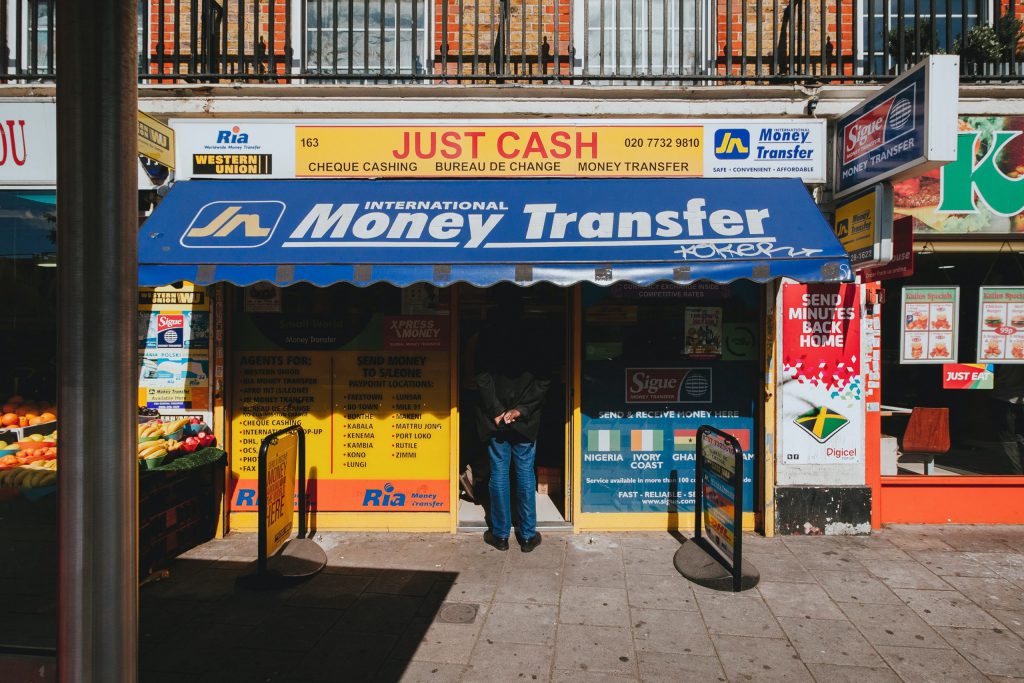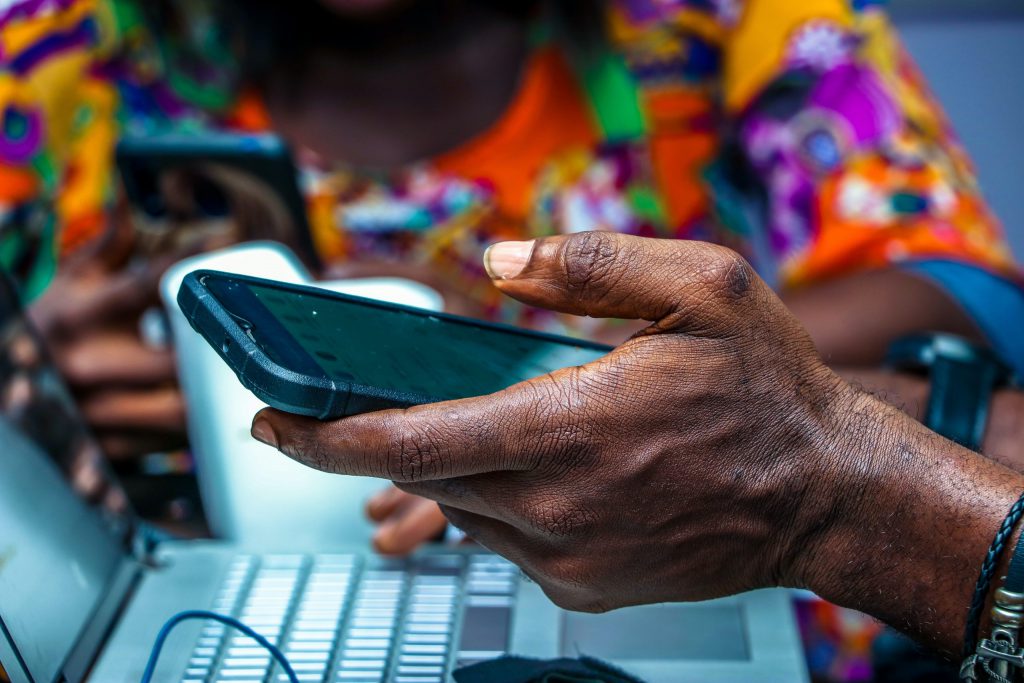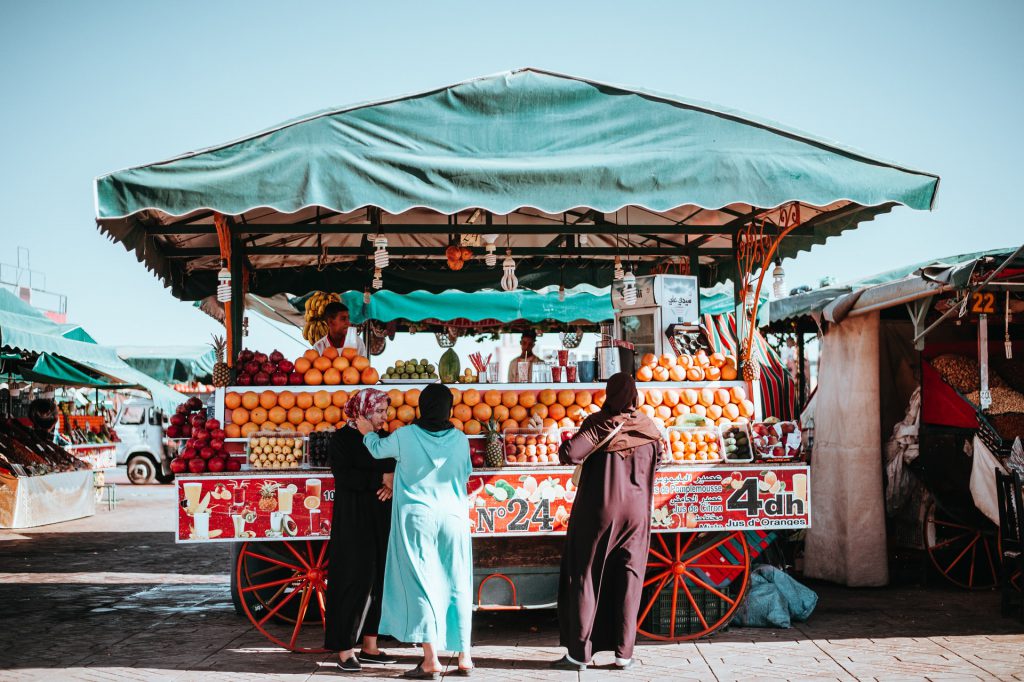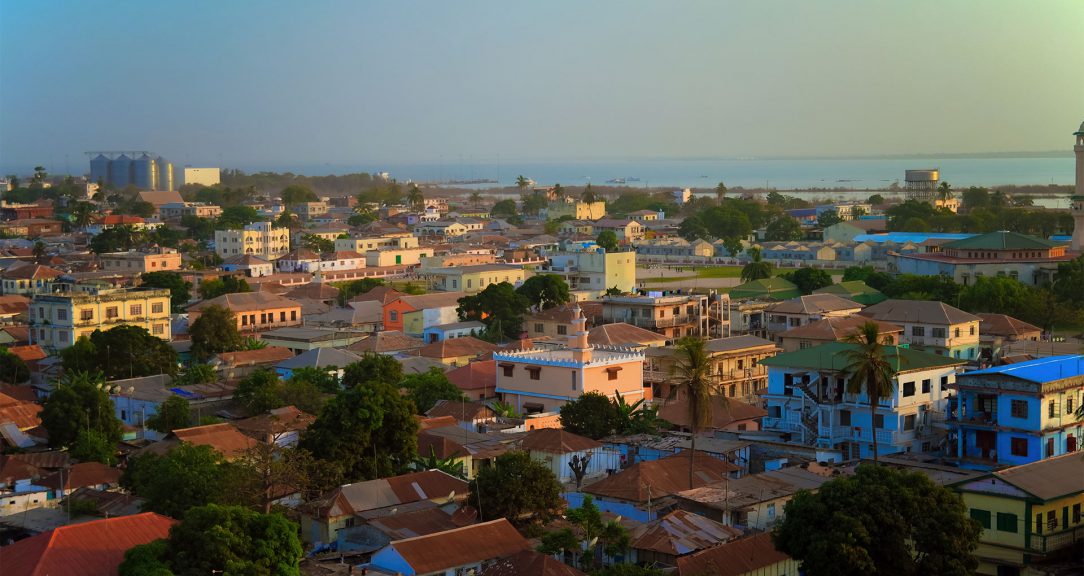Let’s say you’re a Filipino teacher in Southern California, and you want to send money back to your parents, nieces and nephews. You have a number of options.
If you wanted to send cash to be received as cash at a Western Union office in Manila the same day, it could cost you as much as $10.12 to send $200, the fees totaling about 5%. You could send the money digitally via a transfer service for cash pickup within a day for about $3, or less than 2% in fees. Online through Citibank, you could send the money for free, but your family abroad would have to have a Citi or a partner bank account.
You’ve got lots of options thanks to the relationship between the U.S. and the Philippines, one of the densest remittance corridors in the world, which run in reverse of the global flow of labor. For other country pairings, the options for sending money home are often sparser, more expensive and harder to access.
Global remittance totals have outpaced official development aid since the 1990s. In the past three years, according to Knomad, remittances to low- and middle-income countries (excluding China) overtook foreign direct investment as the largest source of money inflows. The flow of remittances is enabled by numerous companies and intermediaries that connect migrant workers to their families, providing not just money to survive on but funding small-scale, homegrown businesses in the developing world.
It’s venture capital running from migrants abroad to their extended family and local community recipients back home.
“It’s not just the largest inflow. It’s the least variant one, too. During the Great Recession of the late 2000s, portfolio and foreign direct investment flows to developing countries plummeted. Remittances turned down only a bit and then returned to steady increase,” says Paul Vaaler, a professor at the University of Minnesota’s law and business schools. “A small but significant percentage of remittances goes to fund, found and grow new businesses in the developing world. It’s venture capital running from migrants abroad to their extended family and local community recipients back home.”
Remittances are essentially the inverse of flows of people globally: When people leave, they often send money back. Highly active remittance corridors — such as from the United States to Mexico, from the Persian Gulf to South Asia — are seeing innovation drive down the costs of transferring money. Some other regions of the world are not so lucky.

The old way
Many remittances, especially smaller ones, are made in cash. Although the behind-the-scenes transfer of funds happens electronically, for a worker to send cash to their family in another country, they need somewhere to bring it and the recipient needs somewhere to pick it up. To even know about that place, they need to be advertised and marketed to. When potential customers walk into a storefront with their cash, they might need to work with an employee or self-service kiosk, and then a similar procedure must happen on the receiver’s end. All of this is an expensive business, and this expensive type of transfer is most likely to be used by the most vulnerable workers.
The largest players in remittances are money-transfer companies such as Western Union and Moneygram. Western Union now operates in 200 countries with most of its business coming from a sender literally walking into any of the 550,000 Western Union locations and a receiver getting the money from another physical location, often receiving cash. Agents get a commission from the transaction, both on the sending and receiving side.
“Remitting money should be a commodity business. It looks easily done with a small machine and few buttons pressed by a clerk at a convenience store where the small machine is located,” Vaaler says. “But there are ways to differentiate that service and charge more. One is to have a worldwide network like Western Union or Moneygram. So the migrant can send the money to a store to be picked up by the recipient in practically any city or smaller town. That’s valuable.”
These big networks are also bright targets for upstarts, whether digital operators with no physical presence or businesses that dial in on the needs of a specific community. Digital alternatives to these money-transfer services are on the rise, bringing fees down for users, says Harish Natarajan, a World Bank payments specialist.
Competition among specialized operators that work with specific populations in specific corridors, like between the Persian Gulf and South Asia, has led to remarkably low transfer costs. In other cases, companies that target a particular migrant group in a particular country might have higher costs of sending money. But the senders and receivers prefer working with a company set up to serve them, whether it’s because of where locations are, the knowledge of the language, or the holiday that money is being sent for.

The digital way
Digital services have pushed into a market that was for so long dominated by traditional money transfer companies. The competition from digital companies, which do not have the extensive network of on-the-ground physical locations and agents who get commissions, can lower prices across the board, the World Bank has found.
The traditional money transfer operations also have online options, along with pure play online companies like Remitly, which launched in 2012 and operates out of the United States. Within Africa, mobile wallets such as M-PESA have become ubiquitous for sending money across borders. These digital operators have almost always competed on cost, as the fixed cost of doing business is much lower.
With remittances to low- and middle-income countries at an estimated $508 billion in 2020, “that’s a big market that people can go into and say that people are providing a better service to the underbanked. Lots of companies are trying to lower costs from tech, compliance and risk,” says James Wester, an analyst at IDC.
Merely having a low-cost option is not the same as actually using one.
But merely having a low-cost option is not the same as actually using one, especially for the people who would benefit the most from cheaper remittance services.
From the U.S. to Mexico, for example, the World Bank lists 26 combinations of companies, methods of sending money (agent-based, online), and payment instruments (cash, card, bank accounts), with average costs to send $200 ranging from zero dollars to almost $16, averaging out at $7.32, or 3%. But the options with the lowest costs require having a bank account and reliable internet access, which the lowest paid workers are least likely to have. That takes you back to expensive cash-based transfers. And these money transmitters tend to specialize in money transmitting, and so have to make some profit from every transaction, including from the rate of exchange itself, in addition to fees charged on the transaction per se.
“Apart from all the marketing, if you use an agent network that disburses cash, the remittance service provider has to pay some commission to the agent,” Natarajan says. “If you use a digital solution on both sides, the provider is able to cut these two costs, and that’s a structural advantage they have.”
World Bank data shows that banks “are the costliest channel for sending remittances, averaging 10.9%, followed by post offices at 8.6%, money transfer operators at 5.8% and mobile operators at 2.8%.” Digital operators, Natajaran explains, sometimes offer better exchange rates because their main profit comes from other kinds of payment services.
Potential for the future
The biggest issue for remittances, aside from cost, is accessibility. One example of accessibility is whether or not you need a bank account. Western Union, for example, only requires an ID to send money. You can send $200 of cash, to be received as cash, from the United States to Mexico for about $8. But to send $200 of cash from the U.S. to Ghana, it’ll cost you almost $20 with Western Union. You can get that cost down to $2.36, but only if you have a bank account and internet access and the recipient has a mobile wallet.
“There are services that are niche and not everyone can use. For example, if a bank account is needed to use the service, and only 30% of the population have an account, then it is not considered accessible by everyone,” Natarajan says.
Whenever new companies enter a remittance corridor, it has effects on the entire financial ecosystem. “Many of them have expanded their services into multiple corridors. And there you can see that their service costs are lower than what was there before, and as a result of that, the average price in that corridor has come down,” Natarajan says.
The U.N. has set a target of getting remittance fees down to 3% by 2030. The average cost to send money to low- and middle-income countries declined from 9.7% in 2009 to just below 7% at the start of 2020. But the cost to send money to Africa remains higher than anywhere else — about 9%.
So there’s much room for improvement: Digital operations could imitate the traditional money transfer companies in their ability to actually reach everyone where they are, or the traditional players will have to imitate the light cost structure of their digital rivals. Either way, both types of companies will have to change.
Read next
Sign up to keep up to date with ReThink Quarterly.







